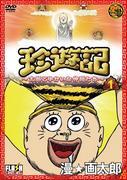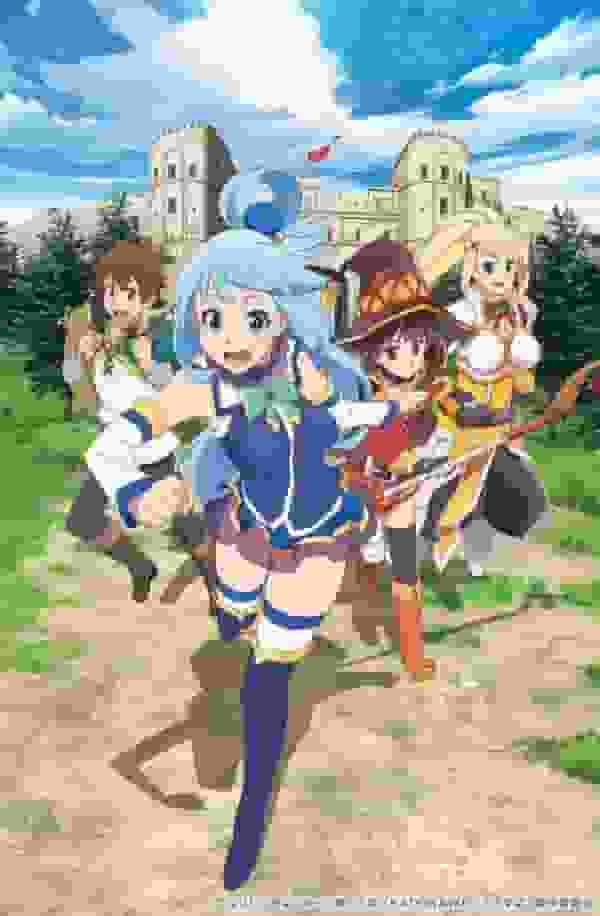Fireball Boy's Bandit Extermination: A deep review of the fascinating story and characters

"Fireball Boy: Defeating the Bandits": A masterpiece that marks the dawn of Japanese animationReleased in 1935, "Fireball Boy: Defeating the Bandits" occupies an important place in the history of Japanese animation. It is a theatrically released animated film produced by Nikkatsu and directed by Tanaka Yoshi. Below, we will provide detailed information and reviews of this work, as well as a detailed explanation of its background and influence. Overview"Fireball Boy: Defeating the Bandits" is an original animated short film with a complete story. It was released in 1935 and distributed by Nikkatsu. It was directed by Tanaka Yoshi and produced by Nikkatsu. The film was made using the technology and artistry of its time, and is still appreciated today. Main StaffThe main staff of this work are as follows:
These staff members were leading figures in the Japanese animation industry at the time, and their skills and passion brought this work to completion. storyThe story of "Fireball Boy Defeating the Bandits" is simple, with a character named Fireball Boy defeating bandits. However, it contains a deeper message, reflecting the social situation and people's aspirations of the time. Fireball Boy is depicted as a symbol of justice, with the courage and strength to defeat evil. This story was meant to teach children courage and a sense of justice, and was loved by many people. Animation TechnologyConsidering the historical background of 1935, the animation technology of this work was very advanced. In particular, the depiction of the Fireball Boy's movements and facial expressions was the result of overcoming what was considered difficult with the technology of the time, and the degree of perfection has been highly praised. In addition, the backgrounds and use of color are beautiful, and the work is full of visual appeal. These techniques had a major impact on the development of Japanese animation in the future. Music and SoundThe music was composed by Yoshinobu Shiraki and recorded by Toshio Nakamura and Western Electric Sound System. The music plays an important role in enhancing the atmosphere of the work and enhancing the story. The sound technology was also cutting edge for the time, allowing the work to be enjoyed not only visually but also aurally. The combination of these elements makes "Fireball Boy: Defeating the Bandits" an even more fascinating work. Social background and influenceThe year 1935 was a time of great social upheaval in Japan, and people sought hope as the shadow of war loomed. "Fireball Boy: Defeating the Bandits" was produced against this historical backdrop, and its story of praising justice and courage gave hope to many people. This work was loved by children and adults alike, and had a major impact on the development of Japanese animation after the war. It was also highly acclaimed overseas, and was one of the catalysts that led to the spread of Japanese animation around the world. Ratings and Recommendations"Fireball Boy: Defeating the Bandits" is a masterpiece that is still recognized today. Animation techniques, story, music, sound, all of it was the best at the time, and its perfection is highly praised. Another part of its appeal is the deep message that reflects the social background, and it gives a fresh impression even when viewed from a modern perspective. Here are some reasons why I recommend this work:
"Fireball Boy: Defeating the Bandits" is not just an animated film, but a work that allows you to feel Japanese culture and history. Please watch it and experience its charm. Related works and recommendation listIf you enjoyed "Fireball Boy: Defeating the Bandits," we also recommend the following related works. These works are also masterpieces that occupy an important place in the history of Japanese animation.
Just like "Fireball Boy: Defeating the Bandits," these works are all masterpieces that allow you to feel the culture and history of Japan. Please give them a watch. summary"Fireball Boy: Defeating the Bandits" is a masterpiece that occupies an important place in the history of Japanese animation. Released in 1935, this work was produced using the technology and artistry of the time, and is still recognized for its value today. The story, music, and sound are all highly refined, and it contains a deep message. By watching this work, you can learn about the dawn of Japanese animation and experience the technology and artistry of the time. It is also a work that can be enjoyed by a wide range of people, from children to adults, so be sure to watch it and experience its charm for yourself. |
<<: Ninjutsu Hi no Tama Kozou - Edo Volume: Exploring the fusion of tradition and innovation
>>: Review of "Yowamushi Chisengumi": A story of struggle and growth of the underdog
Recommend
"Step Together": A thorough analysis of NHK's classic songs that everyone can enjoy!
Let's all step together - Minnade Step overvi...
JoJo's Bizarre Adventure ADVENTURE - A deep review of the fascinating story and characters
The appeal and evaluation of "JoJo's Biz...
The appeal and evaluation of Akagi, the mahjong legend: A genius descended into the world of darkness
Akagi: The Genius Who Descended into Darkness - R...
The Three Musketeers: The Adventures of Aramis - A thorough review of the fascinating story and character depth
The Three Musketeers: The Adventures of Aramis - ...
Nolan's new film will once again cooperate with Universal Pictures and star Matt Damon to be released in 2026
According to foreign media Deadline, Christopher ...
Classes until morning! A thorough review of Ayana Sensei & Risa's classes!
All-round evaluation and recommendation of "...
Porsche builds the only real 911 car linked to "Cars" for charity auction
Porsche recently announced that it will launch th...
"A Kind Hero": A touching story and its appeal that we can learn from everyone's songs
"Kind Hero": NHK Educational TV's s...
"Scream 6" set a new record for the best opening in the series and topped the North American weekend box office chart
"Scream 6", which was released in North...
The appeal and reviews of "Mizuno Kingdom ♥ The Powerpuff Girls": A must-see for anime fans!
"Mizuno Kingdom ♥ The Powerpuff Girls" ...
The script for the sequel to the action film "Gray Man" starring Gosling is halfway done
The sequel to "Grey Shadows," Netflix&#...
The appeal and reviews of "Girlish Number": An anime that depicts the reality of the voice acting industry
Girlish Number: A realistic anime that depicts th...
"Edge of Tomorrow 2" is a failure again. The heroine said that the schedule is too difficult to coordinate
The sequel to "Edge of Tomorrow" has be...
"Lupin the Third" 40th Anniversary Commemorative Watch Released, Exquisite and Beautiful Limited to 1979 Pieces
How many of you have watched the 1979 theatrical ...
Foreign media released the top 10 American TV series and movies with the most pirated downloads in 2018
According to foreign media TorrentFreak, the 2018...









